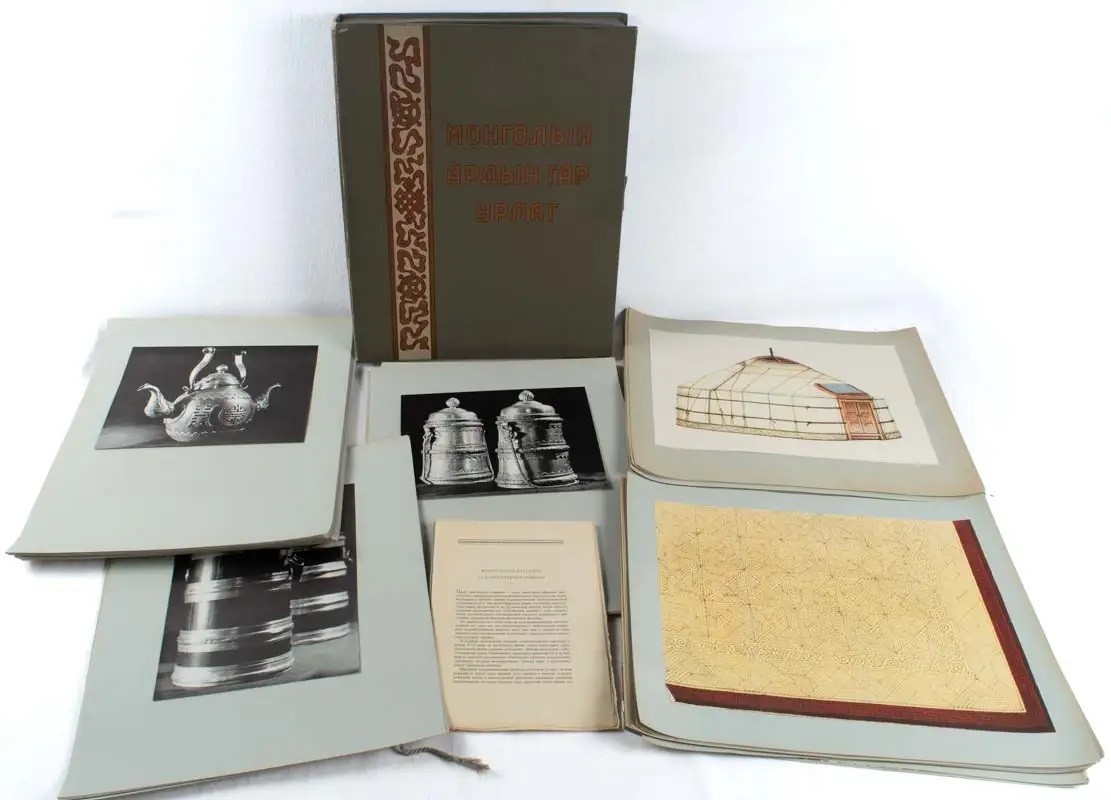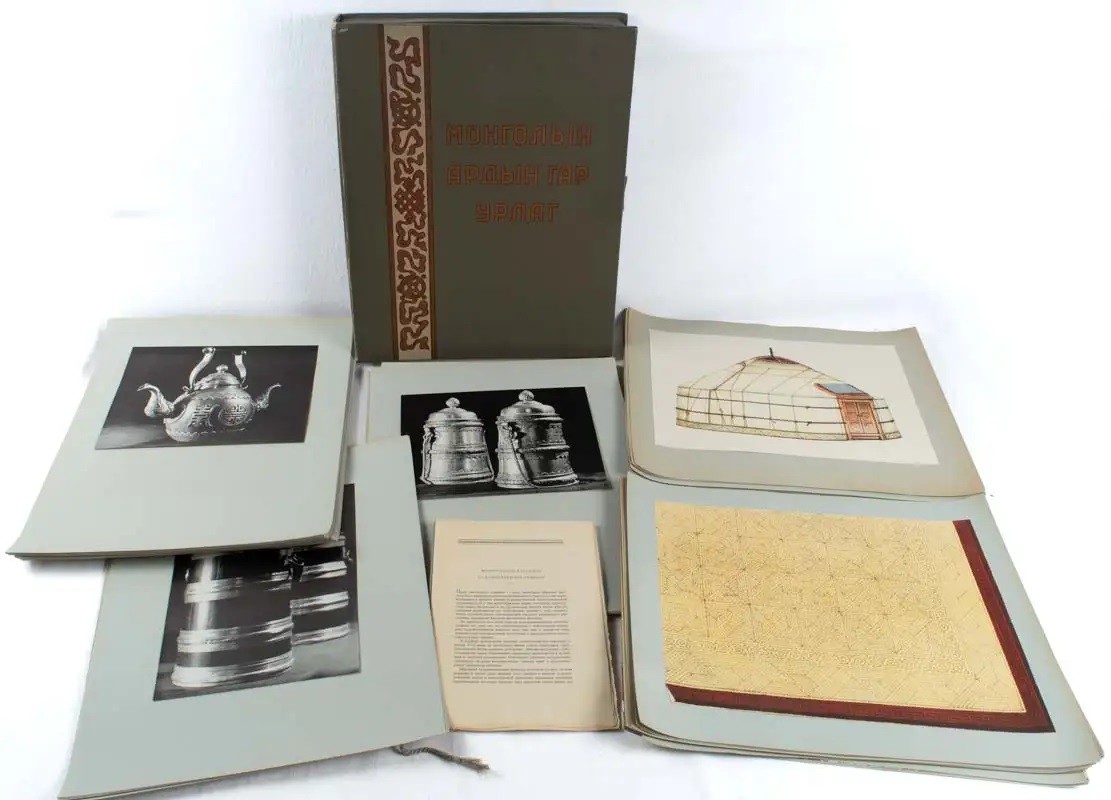Arts and Crafts
Mongolian art is not just something beautiful to hang on a wall or display on a shelf; it is deeply intertwined with our nomadic lifestyle, history, spiritual beliefs, and strong connection to nature. For centuries, everything we created had to be functional, portable, and durable, while also incorporating beauty into everyday life. Mongolian art is not just about aesthetics; it’s a window into our soul, our history, and our way of life.
What types of Mongolian art and crafts are there?
Mongolian Painting
Mongolian painting is a lively form of art that shows the country's beautiful landscapes, rich culture, and nomadic way of life. A great example is "One Day of Mongolia." This painting depicts the daily life of Mongolian people. The artist illustrates scenes of herders taking care of their animals, families gathered in traditional ger tents, and the amazing natural scenery. The bright colors and energetic compositions reflect the spirit of the nomadic lifestyle.
 One day in Mongolia by B.Sharav - Mineral Pigments in cotton, 1913
One day in Mongolia by B.Sharav - Mineral Pigments in cotton, 1913
Buddhist Art & Sculpture
Mongolia has a rich tradition of Tibetan Buddhism, and this heavily influences our art. You'll find intricate thangka paintings on silk or cotton, depicting deities and mandalas. Sculptures, often in bronze, wood, or even papier-mâché, are also common. Zanabazar was a master sculptor, also called as Asian Michelangelo.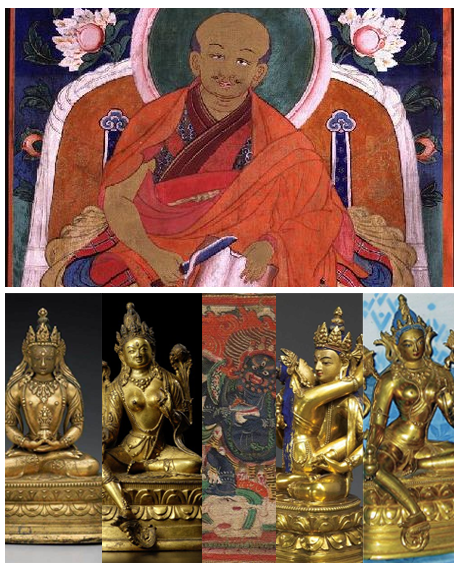
Textiles - Felt, Cashmere, and Deels
Felt-making is an ancient craft, absolutely essential for nomadic life. It's used for insulating our gers (yurts), making floor coverings, boots, and decorative items. Mongolian cashmere is famous worldwide for its softness and warmth. You can find luxurious scarves, sweaters, and blankets.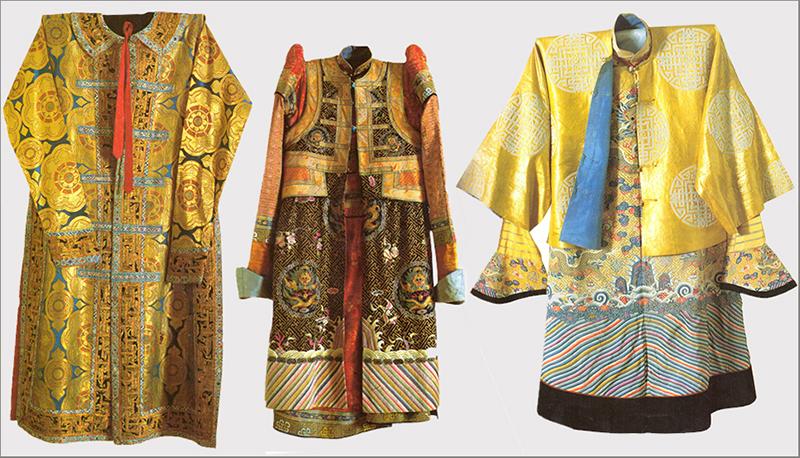
Metalwork
Mongolians have long been skilled metalworkers. Look for traditional silver bowls (mungu ayaga), often used for drinking airag (fermented mare's milk). You might also see ornate knives, flint strikers, and beautiful silver jewelry, often inlaid with coral and turquoise – these stones are highly valued here.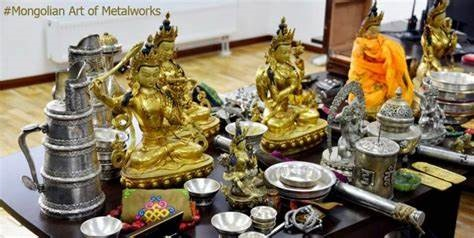
Woodworking
Wood carving is important for furniture and buildings, such as carved doors and decorative crown wheels. It also includes Buddhist altar pieces, chess sets, and traditional puzzle toys. The details in the craftsmanship can be very intricate.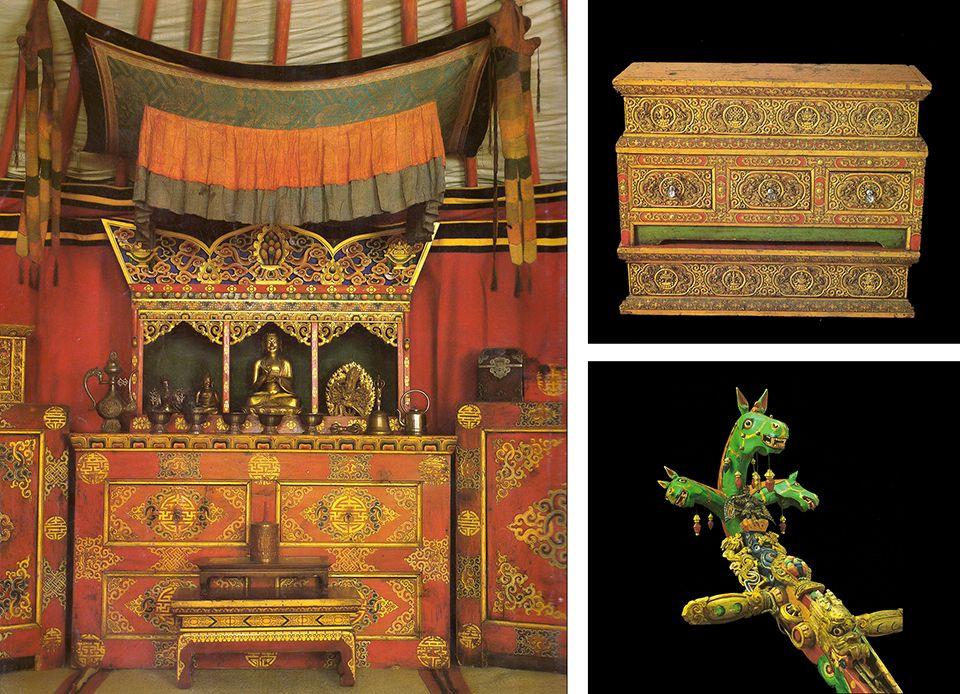
Masks
If you have the chance to learn about the Tsam religious dance ceremony, you will see amazing and detailed masks. These colorful and often scary masks represent different gods, demons, and characters from Buddhist stories. Some galleries and museums display these masks.
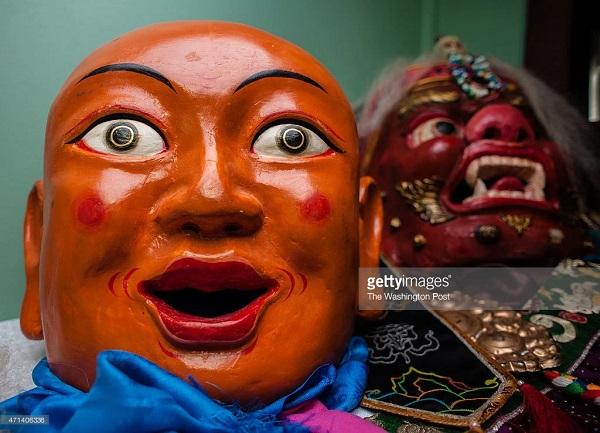
Where to Find These Items:
For cashmere → Gobi, Goyo, Gobi Outlet, and Gobi Cashmere Store
For souvenirs and handicrafts → State Department Store, Mary & Martha, and other souvenir shops
For traditional clothing, textile → Naran Tuul Market.

